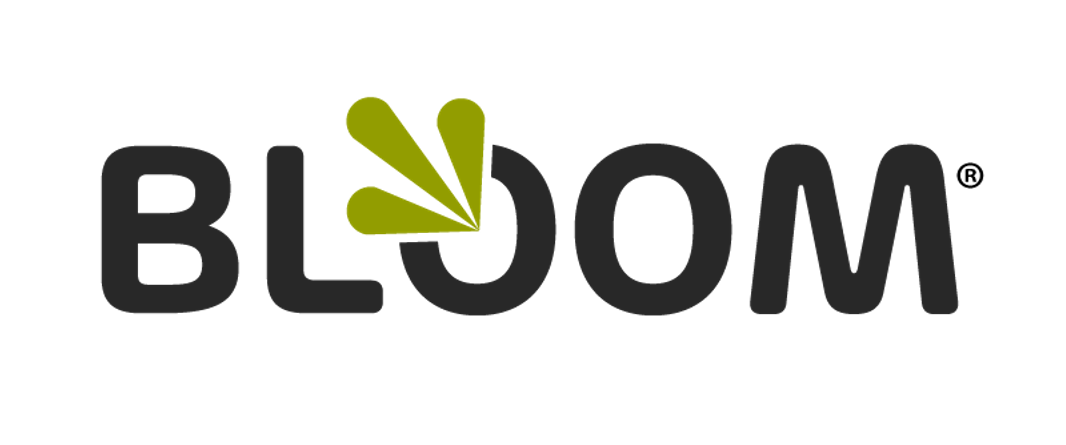Understand the Components of Talent Management
When considering your organization’s future, it’s essential to think not only about goals, objectives, and initiatives, but also about how to effectively achieve them. A major contributor is, of course, your employees. Aligning the organization’s business strategy with its workforce is known as talent management, which involves matching the right person with the right role and providing the right tools.
The Seven Components of Talent Management
Talent management encompasses seven key components that, when implemented strategically, combine to keep an organization at the leading edge.
Strategic Employee Planning. Developing your organizational goals and strategic plan is the first step. Next, you must organize your structure to reach your goals and implement the plan. More specifically, you must identify the key roles and personnel who will help you achieve this goal. You may already have the positions and people in place. Are they organized to execute your plan? Or you may need to adjust the current structure to fill the gaps.
Talent Acquisition and Retention. Bringing new talent into your organization is essential; equally important is recognizing and cultivating the talent you already have in-house. Hiring from within your organization is more cost-effective, so when you’re working on talent pooling, remember to look both internally and externally.
Performance Management. Aligning the right person with the right role is the heart of performance management. Its ultimate goal is to ensure that roles align with business strategy to achieve goals. It enables you to ensure that you’re aligning a talented employee with a role that suits them, developing goals for success, supporting their development, and moving the organization forward. This function aligns technology and processes to help your managers develop their teams daily, enabling them to achieve and record success on career pathways.
Learning and Motivating. Semantics becomes essential here because learning is more than training. Learning is the acquisition of information and skills, which yields knowledge and experience. Implement learning programs that incorporate activities and tasks that align with the organization’s culture and initiatives. When employees see how their growth impacts the organization, they’ll see just how valuable their role is.
Compensation. Alignment remains an important concept. Aligning your strategic goals with incentives means recognizing employees, rewarding contributions to success, and acknowledging their value to the organization.
Career Development. This ties back to the talent retention component and the notion that hiring from within is not only an option, but often preferable as well. Nurture potential leaders by providing career pathways and professional development tools that can advance their careers.
Succession Planning. Knowing the talent within your organization is a start. Knowing the key roles essential to its success is equally vital. Which roles are critical to success? Who currently fills those roles? What happens when those positions become available? Having a plan in place means that decisions are already made, and the organization will continue to run smoothly if a key position needs to be filled quickly.
BLOOM’s Role in Talent Management
At Insight Strategic Concepts, we regularly collaborate with clients to align their business strategies and talent management. BLOOM® is one way we do that. It’s a simple performance management system that provides the metrics and information managers and executives need to make smart decisions and to keep the company moving forward.
